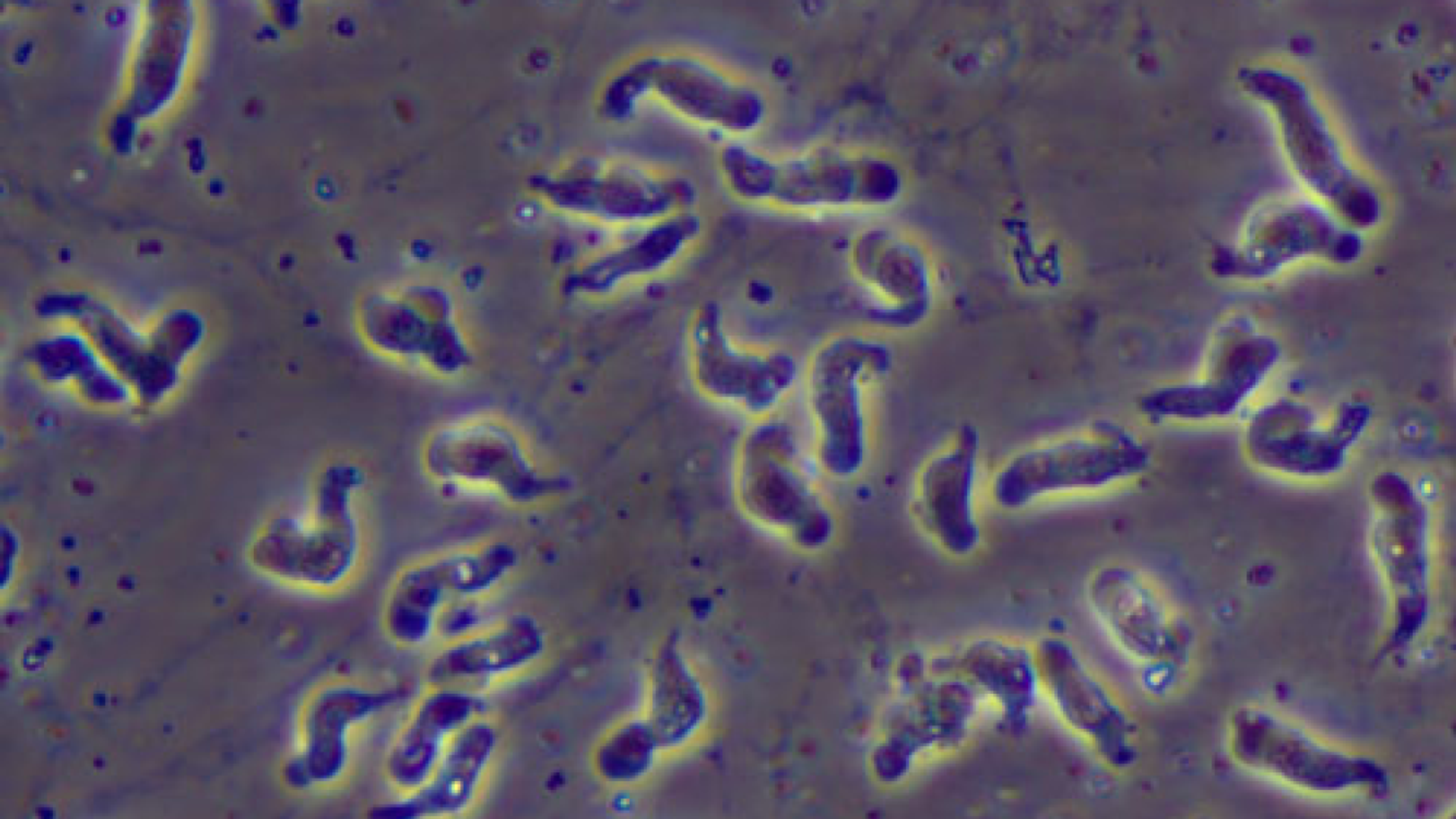https://sputnikglobe.com/20230731/georgia-resident-becomes-third-in-us-killed-by-brain-eating-amoeba-in-2023-1112281586.html
Georgia Resident Becomes Third in US Killed by ‘Brain-Eating Amoeba’ in 2023
Georgia Resident Becomes Third in US Killed by ‘Brain-Eating Amoeba’ in 2023
Sputnik International
A resident of Georgia has died from a rare infection caused by a “brain-eating amoeba.” They are the third person to die in the US this year from the microscopic creature, which might be spreading north thanks to climate change.
2023-07-31T16:49+0000
2023-07-31T16:49+0000
2023-07-31T16:49+0000
us centers for disease control (cdc)
brain
naegleria fowleri amoeba
amoeba
beyond politics
us
human brain
https://cdn1.img.sputnikglobe.com/img/07e7/07/1f/1112281429_0:37:1333:787_1920x0_80_0_0_7d823faaa6ebb0cfdba5b3fe1679566b.png
The Georgia Department of Public Health confirmed on Friday that infection by the amoeba Naegleria fowleri was the cause of death for a resident of the Peach State whose name, age, and gender were withheld.It is the third reported case of Naegleria fowleri-related death this year in the US and the sixth in Georgia since 1962. A boy in Nevada died of the same infection earlier this month after likely acquiring it during a dip in some hot springs, and a man in Florida died from the infection in March after likely acquiring it by using tap water to flush his sinuses.According to the US Centers for Disease Control and Prevention (CDC), the amoeba is “thermophilic,” meaning it loves hot environments, but has never been found in salt water. Its fondness for warmth means it is typically not found in the colder parts of the world, including the northern United States.Infection is rare and cannot happen by ingesting the amoeba or by spreading from person to person; it only happens by the amoeba coming in contact with the sinuses. If the infection takes hold, it progresses rapidly, triggering severe headache, fever, nausea and vomiting between five and 12 days of infection, which will progress to a stiff neck, seizures and coma. Death is the nearly inevitable result, with just four out of 154 confirmed cases surviving infection since 1962. Death is typically just five days after the onset of symptoms.The cause of the rapid deterioration is the amoeba, a small single-celled organism, feasting on the victim’s brain tissue - hence why Naegleria fowleri is commonly known as the “brain-eating amoeba.”
https://sputnikglobe.com/20230728/some-new-york-residents-claim-heat-wave-not-that-bad-as-air-quality-remains-poor-1112232410.html
Sputnik International
feedback@sputniknews.com
+74956456601
MIA „Rossiya Segodnya“
2023
News
en_EN
Sputnik International
feedback@sputniknews.com
+74956456601
MIA „Rossiya Segodnya“
Sputnik International
feedback@sputniknews.com
+74956456601
MIA „Rossiya Segodnya“
brain-eating amoeba; georgia; naegleria fowleri
brain-eating amoeba; georgia; naegleria fowleri
Georgia Resident Becomes Third in US Killed by ‘Brain-Eating Amoeba’ in 2023
A resident of the US state of Georgia has died from a rare infection caused by a protozoan known colloquially as a “brain-eating amoeba.” They are the third person to die in the US this year from the microscopic creature, which might be spreading further north thanks to climate change.
The Georgia Department of Public Health
confirmed on Friday that infection by the amoeba
Naegleria fowleri was the cause of death for a resident of the Peach State whose name, age, and gender were withheld.
“A Georgia resident has died from Naegleria fowleri infection, a rare infection which destroys brain tissue, causing brain swelling and usually death,” the agency said. “The individual was likely infected while swimming in a freshwater lake or pond in Georgia.”
It is the third reported case of
Naegleria fowleri-related death this year in the US and the sixth in Georgia since 1962. A boy in Nevada died of the same infection earlier this month after likely acquiring it during a dip in some hot springs, and
a man in Florida died from the infection in March after likely acquiring it by using tap water to flush his sinuses.
“The amoeba is naturally occurring, and there is no routine environmental test for Naegleria fowleri in bodies of water; and because it is very common in the environment, levels of the amoebas that naturally occur cannot be controlled,” health officials said. “The location and number of amoebas in the water can vary over time within the same body of water.”
According to the US Centers for Disease Control and Prevention (CDC),
the amoeba is “thermophilic,” meaning it loves hot environments, but has never been found in salt water. Its fondness for warmth means it is typically not found in the colder parts of the world, including the northern United States.
In recent years, cases have been found further north, including in Minnesota, where winters can be brutally cold. A 2021 study by the Cleveland Clinic has tracked the amoeba’s steady move northward since the late 1970s, warning that the “change in where infections happen could be due to climate change.”
Infection is rare and cannot happen by ingesting the amoeba or by spreading from person to person; it only happens by the amoeba coming in contact with the sinuses. If the infection takes hold, it progresses rapidly, triggering severe headache, fever, nausea and vomiting between five and 12 days of infection, which will progress to a stiff neck, seizures and coma. Death is the nearly inevitable result, with just four out of 154 confirmed cases surviving infection since 1962. Death is typically just five days after the onset of symptoms.
The cause of the rapid deterioration is the amoeba, a small single-celled organism, feasting on the victim’s brain tissue - hence why Naegleria fowleri is commonly known as the “brain-eating amoeba.”



